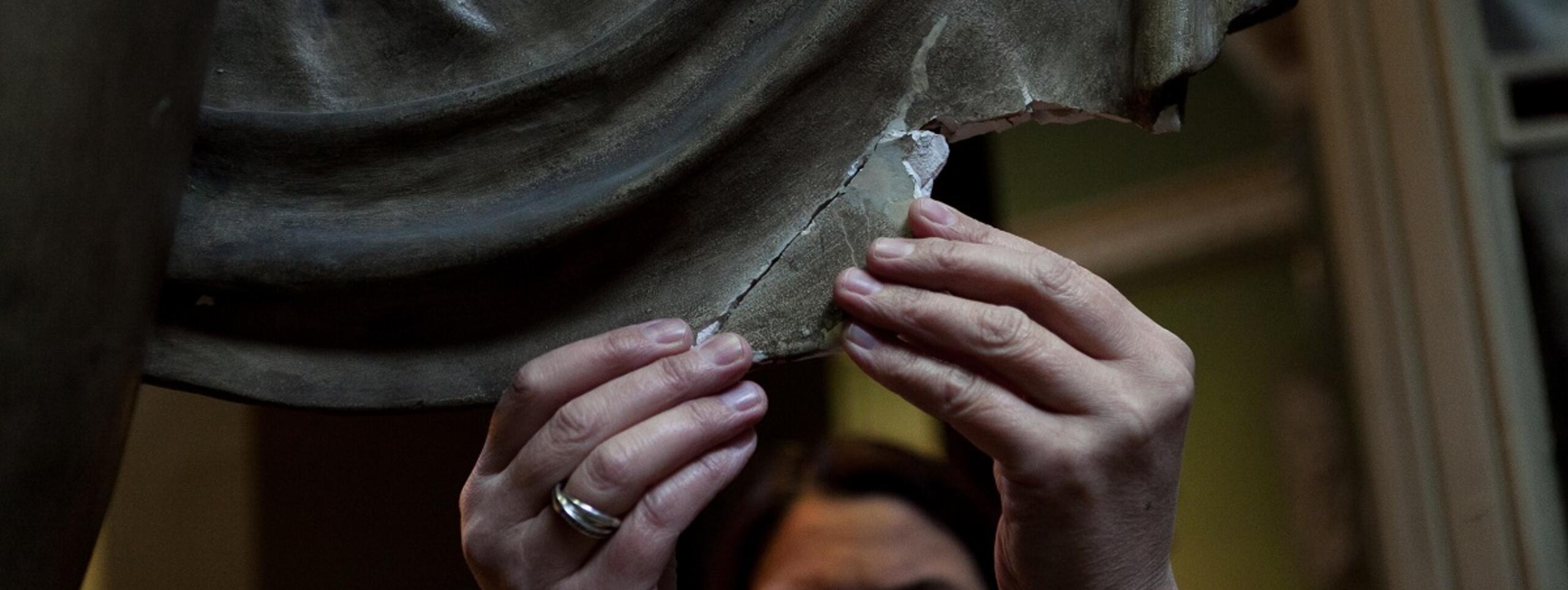Written by Jane Wilkinson, Head of Conservation
During the recent restoration of the Drawing Office, the conservators removed over two hundred objects that were on display in the space. The majority of these were plaster casts of architectural fragments and while they were off display we took the opportunity to clean and where necessary stabilise and repair them.



